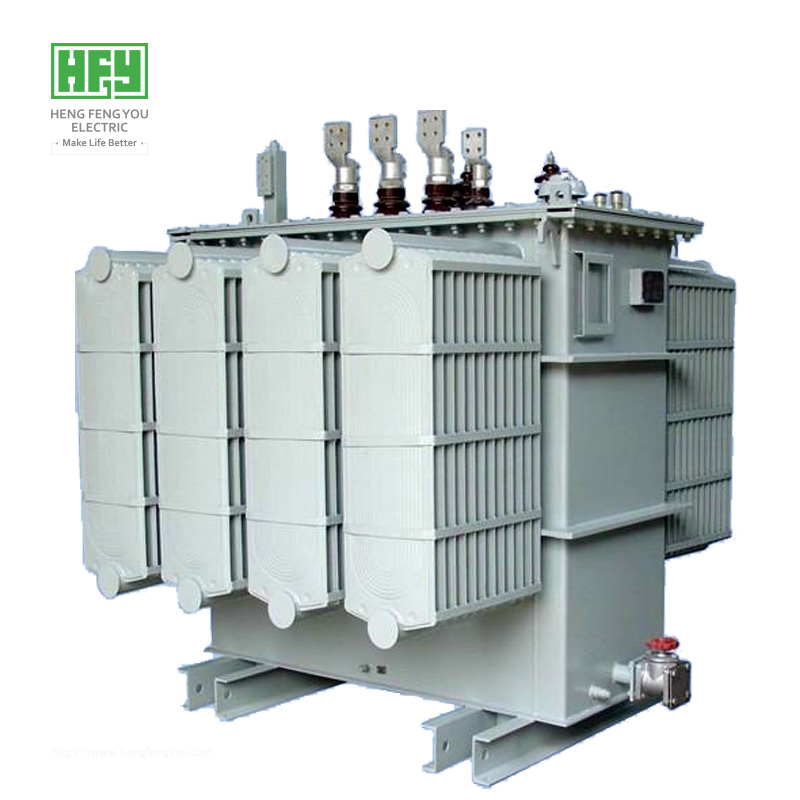Product Feature
Electrochemical rectifier transformer is the industry with the most application of rectifier transformer. It is widely used in electrolysis of non-ferrous metals, electrolysis of salt to produce chlor alkali and electrolysis of water to produce hydrogen and oxygen.
The voltage regulation range of rectifier transformer used in electrochemical industry is much larger than that of electric furnace transformer. For chemical salt electrolysis, the voltage regulation range of rectifier transformer is usually 56% - 105%, and for aluminum electrolysis, the voltage regulation range is usually 5% - 105%. Common voltage regulation methods include variable flux voltage regulation, series transformer voltage regulation and autotransformer voltage regulation. In addition, due to the characteristics of the rectifier element, the conduction phase angle of the silicon rectifier element can be directly controlled on the valve side of the rectifier furnace, and the average value of the rectifier voltage can be smoothly adjusted. This voltage regulation method is called phase controlled voltage regulation.
It has the following characteristics:
1. The voltage at the valve side shall not be greater than 1000V, and the current can be as high as 100kA.
2. The electrolytic load is continuous day and night.
3. The voltage at the valve side is regulated frequently, and the voltage regulation range is usually large.
